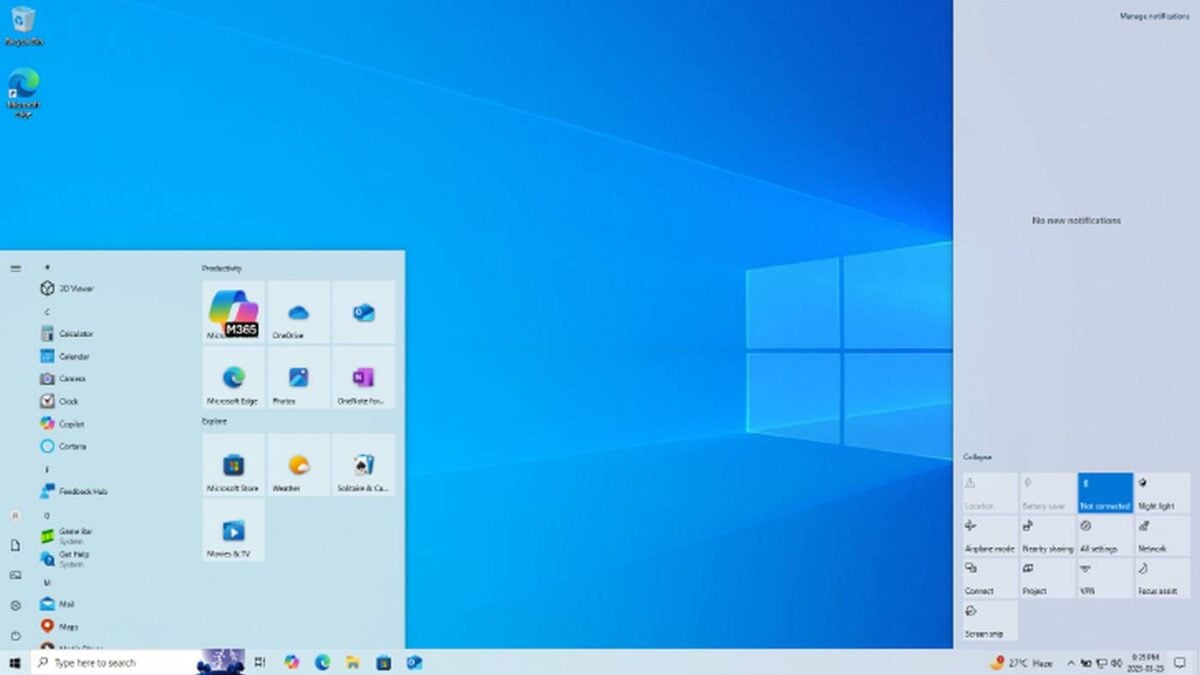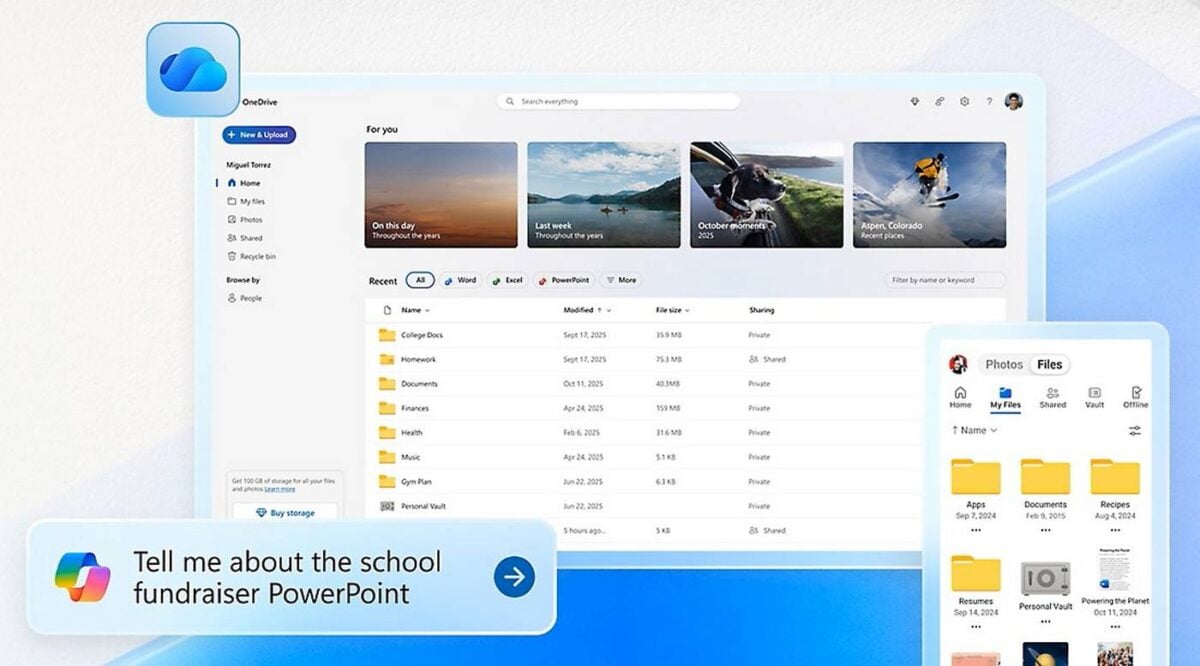Today, October 14, 2025, Windows 10 has officially entered its end of life (EOL), marking the end of all updates, including security patches. One of Microsoft’s best operating systems (OS), Windows 10 has been with us for 10 years, providing a versatile platform for gamers, professionals, and even ATMs (Automated Teller Machines). Users wanting to stay up to date have a couple of options, but none are permanent, aside from moving to Windows 11.
Windows 10 launched on July 29, 2015, following the mixed reception of Windows 8. Unlike the latter, which was tablet-focused, Windows 10 managed to reunite desktop needs with a touch-friendly interface, making it a true successor to beloved Windows 7. Unlike its predecessors, Windows 10 was advertised as a service, receiving new features and security patches regularly. This led many to believe it to be the last major version, which turned out to be false when Microsoft announced Windows 11 on June 24, 2021.
Thanks to the possibility to upgrade from Windows 7 and 8 directly to Windows 10 without having to reinstall everything, it gained serious traction, helping it become the dominant desktop OS. With time, it gained brand-new features, such as the virtual assistant Cortana, DirectX 12, virtual desktops, and Edge, the Chromium-based browser which replaced Internet Explorer. I especially appreciated how stable it was, be it for gaming or work, allowing me, for the first time, to keep the same OS install for years without facing a catastrophic/unfixable failure.

But, since all things come to an end, Microsoft announced two years ago that Windows 10 will enter EOL on October 14, 2025, i.e. today. Finally, no more updates to mess with my audio settings. Jokes aside, this meant that those unwilling to move on to Windows 11 could face new threats that won’t be patched, rendering millions of machines vulnerable to new attack vectors. Worst yet, even some of those who are willing to make the switch were simply unable to upgrade to Windows 11 due to its stricter hardware requirements.
Seeing this, Microsoft decided to offer an extended support updates (ESU) program for those willing to pay or follow some simple steps. Starting with commercial and professional customers, Microsoft will provide up to three years of security updates, costing $61 for the first year, $122 for the second, and $244 for the third. And if you think this is expensive, keep in mind that these prices are per device and are cumulative, meaning three years of coverage would cost a business $427 per machine.
Consumer/home users will fare better in this regard, as Microsoft only demands $30 or 1,000 Microsoft Reward Points for one year of security updates. Better yet, those willing to embrace the cloud can get this for free by using Windows Backup via OneDrive. Users living within the European Economic Area (EEA) are exempt from all of this and thus will receive these updates without any intervention. However, unlike the commercial ESU, home users, be it paying or from the EEA, are only eligible for a single year of security updates, after which they will have to move to Windows 11.

Fortunately, Microsoft isn’t forcing anyone to switch to Windows 11, aside from annoying upgrade popups, so you are free to keep enjoying your Windows 10 as long as you want. With time, it will be abandoned by third parties, like what is happening to Windows 7 and 8, but that shouldn’t be a problem any time soon.
In the meantime, we recommend starting to get used to Windows 11, as there is no going back. Thankfully, despite its numerous flaws, Windows 11 is still a perfectly usable OS, with ongoing efforts to make it even better. Gamers can especially enjoy its various optimisations, so this may be the excuse to give it a try.


